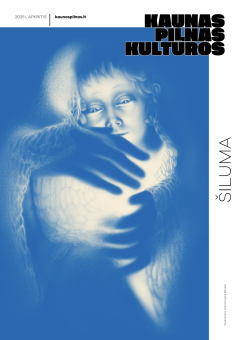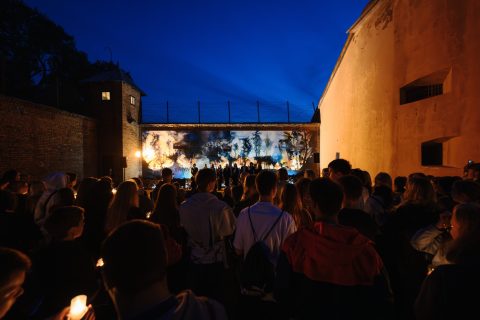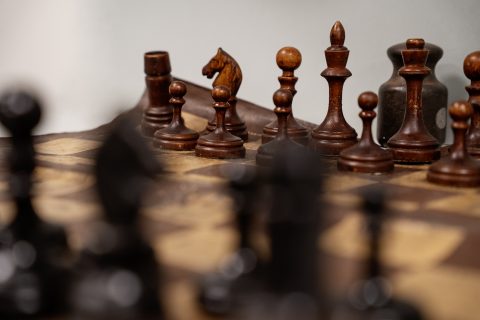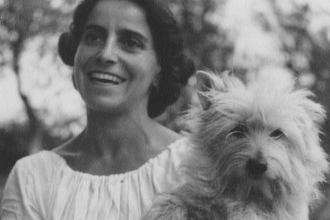On January 30, 1933, when the National Socialist Party came to power in Germany and Adolf Hitler became the chancellor, anti-Semitism became official state policy. On June 22, 1941, the Soviet occupation of Lithuania was replaced by the Nazi occupation, and the deportations that had just been carried out were immediately replaced by the persecution of Jews. On July 10, an order was issued stating that all Jews in Kaunas must move to Vilijampolė Ghetto. On August 15, the ghetto closed its gates, imprisoning innocent people inside. Only a small number of them managed to escape. Most were helped by those outside the ghetto.
It is these people – the rescuers of Jews in Kaunas Region – that the permanent exhibition at Kaunas Ninth Fort Museum will tell about, which will welcome visitors in March 2026. Those who saved Jews during the Holocaust (1933–1945) without seeking personal gain are awarded the honorary title of Righteous Among the Nations. This status is awarded by the Yad Vashem Institute in Israel. However, Kaunas Ninth Fort Museum chooses to take a broader view: not all those who contributed to saving lives are recognized with the title of Righteous Among the Nations.
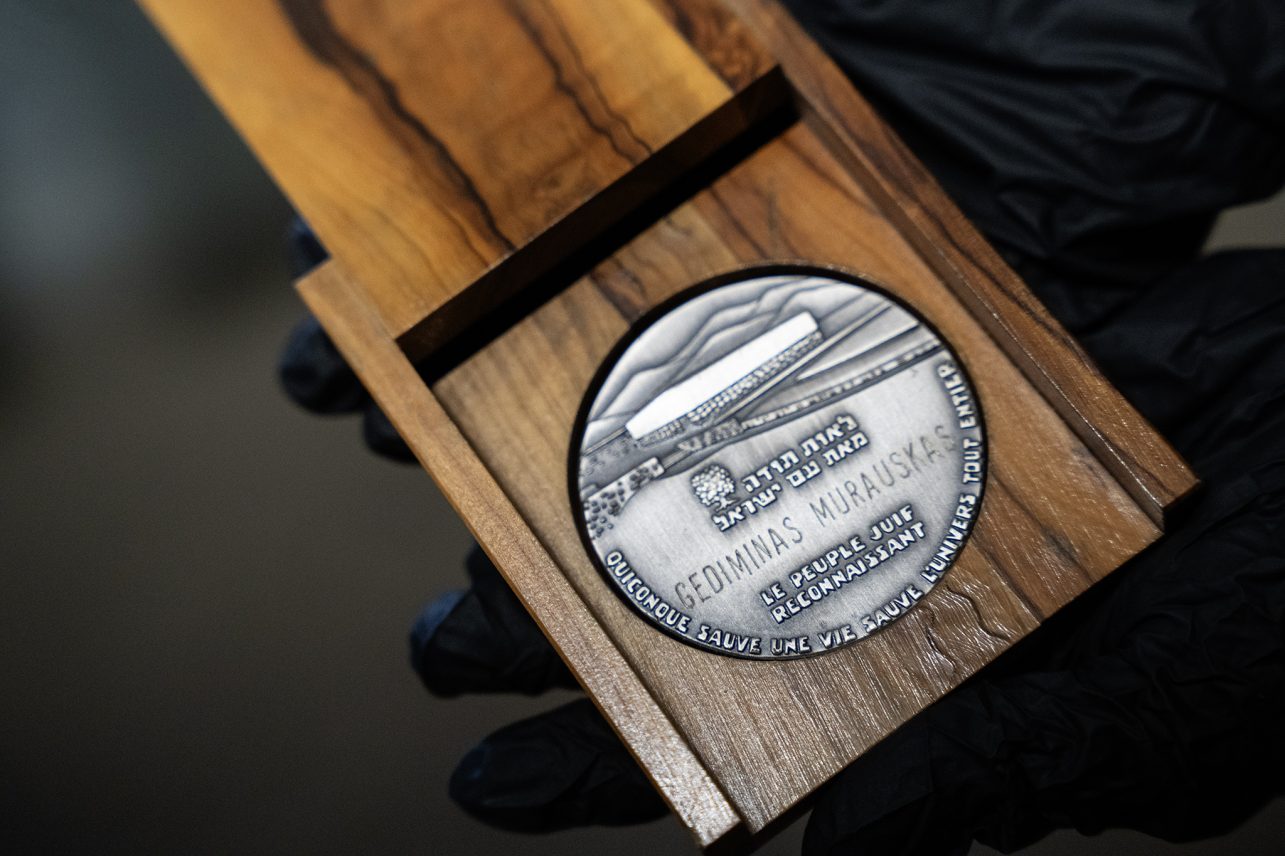
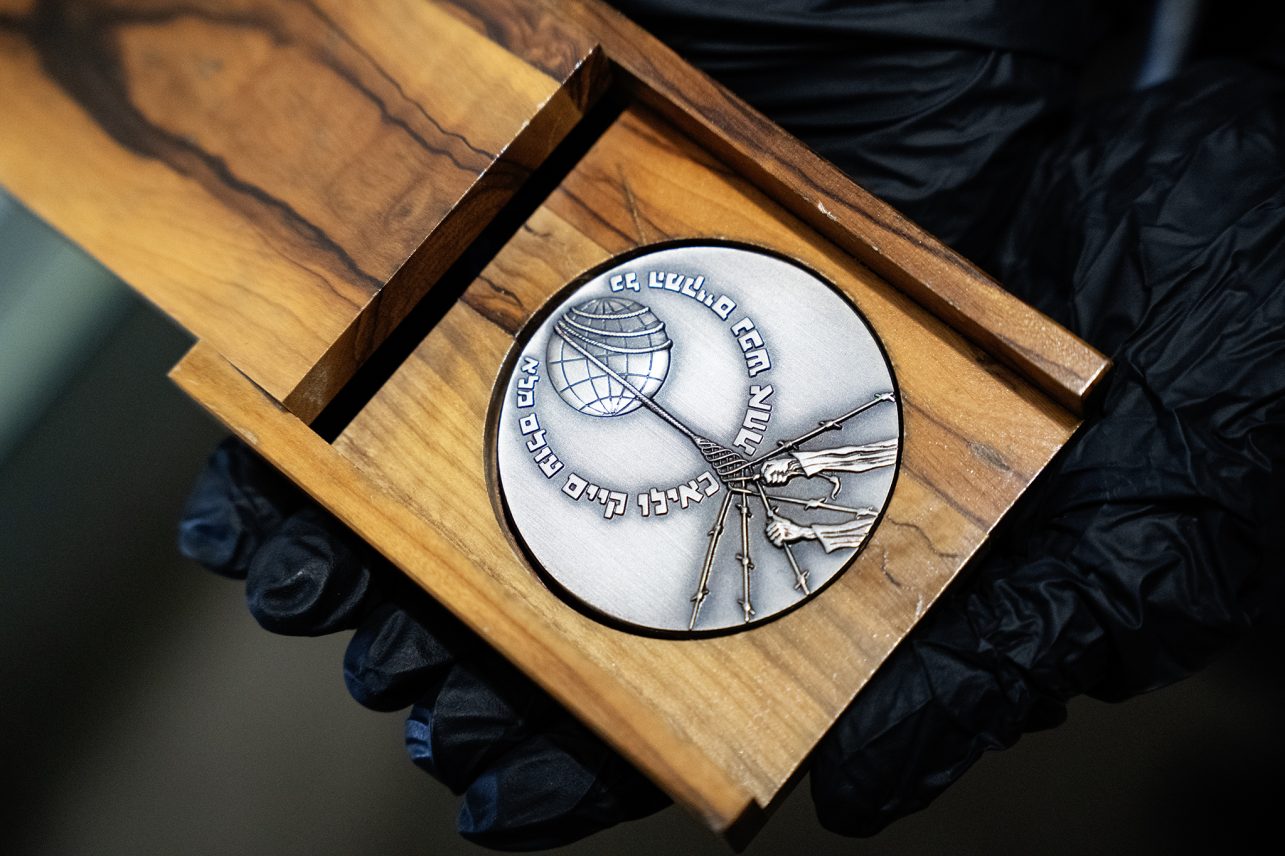
The medal of the Righteous Among the Nations that was given to Gediminas Murauskas by Yad Vashem, Kaunas Ninth Fort Museum collections (KDFM 28768). Photo by Karolina Vilkelienė
A perfect example is Kaunas orphanage “Lopšelis,“ led by Petras Baublys. Here, not only the doctor was responsible for saving children, but also nurses Elena Uborevičienė, Pranciška Vitonytė, Jadvyga Stančiauskaitė-Liepinaitienė, Marcelė Jasaitytė, Pranciška Butkutė, Ona Bartninkaitė and Elena Montvilaitė. They looked after the babies brought from the ghetto. They knew that Jewish children were being hidden at “Lopšelis.“ They did not betray them. Not all of them have been officially recognized as Righteous Among the Nations, but this does not diminish the importance of their actions.
Rescuing Jews during the Holocaust was not as easy as it might seem at first glance. It required resources, connections and rescue efforts. Rescuers were forced to live in constant conspiracy: they had to be able to hide, forge documents, have reliable connections and act inconspicuously, because every moment was fraught with great danger. Anyone could become a traitor, and the price of rescue could be paid with the rescuer’s life.
At least four people were killed at Kaunas Ninth Fort for rescuing Jews: doctor Vytautas Žakavičius, Bronius Jocevičius, Jonas Petrauskas and Jonas Jurevičius.
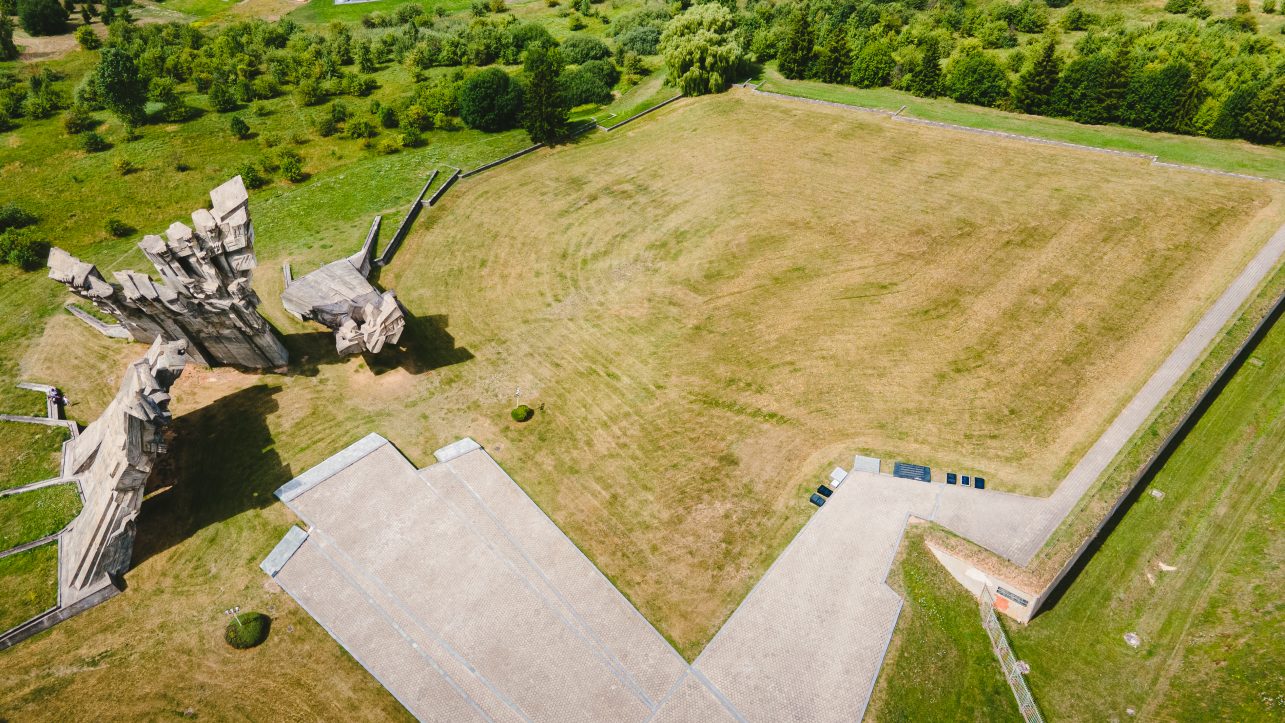
Photograph of the former killing site at the Kaunas Ninth Fort Memorial. Photo by Aurimas Dudanavičius
Bronius Gotautas was persecuted by the Gestapo for a long time and consistently. In 1944, the assistant at the Capuchin monastery was captured and imprisoned in Stutthof concentration camp. It should be noted that he survived but never returned to his homeland. These are just some of the stories showing that the rescue process did not necessarily end with a successful escape from the ghetto.
One of the most frequently asked questions when talking about the Righteous Among the Nations is: where did they find such determination? How did they make a decision that put their lives at a great risk? The rescuers’ motivation came from various sources: Christian upbringing, refusal to accept visible injustice or other humanistic values.
“I remember well those days full of horror, those months, those years when our little one came to our lives. “God didn’t give us a girl, so now we’ll raise one,” the mother said to their neighbours, relatives and the whole village. As soon as my brother brought her from the city, my father spent a day weaving a beautiful cradle from the willows that grew on the riverbank,” recalled Vladas Dautartas about how his deeply religious parents, Julija and Juozapas Dautartai, agreed to take care of the infant, Ariela Abromavičiūtė.

Righteous Among the Nations Julija Dautartienė with the rescued Ariela Abromavičiūtė, 1945, Kaunas District, Lithuanian SSR, photograph from the Vilna Gaon Museum of Jewish History (VGŽIM, GS, f.1, B-99)
Of course, sometimes the rescuers were relatives or very close friends of the ghetto prisoners. For example, Pranas Vocelka was married to a Jewish woman, Feiga. He decided not to move with his wife and children to the ghetto, but carefully thought out and implemented a plan to rescue them, and also arranged for Julijana Zarchi, who lived in the neighbourhood, to be taken out of the ghetto.
However, not all cases of help were purely altruistic: sometimes the motivation was based on money or better items that Jews were willing to give in exchange for forged documents or turning away eyes at the right place and time.
“We tried to find people in the city and outside it who were willing to take care of the Jews. It was incredibly difficult. Often, when we had already agreed on everything, they would get scared and refuse or demand unbelievable sums of money,” Elena Holcmanienė wrote in her memoirs.
After the Holocaust, the stories of the rescuers were kept quiet for a long time. In Soviet-occupied Lithuania, the Holocaust was not referred to as the genocide of the Jews, but rather as the “murder of Soviet citizens.” Some of the rescuers themselves experienced Soviet repression. One of them, Bronė Pajedaitė, was arrested by the NKVD for “anti-state activities,” imprisoned, interrogated and brutally murdered even before being sentenced in the prison of the Ministry of Internal Affairs (MVD) of the Lithuanian SSR No. 3, which is now Kaunas Remand Prison.
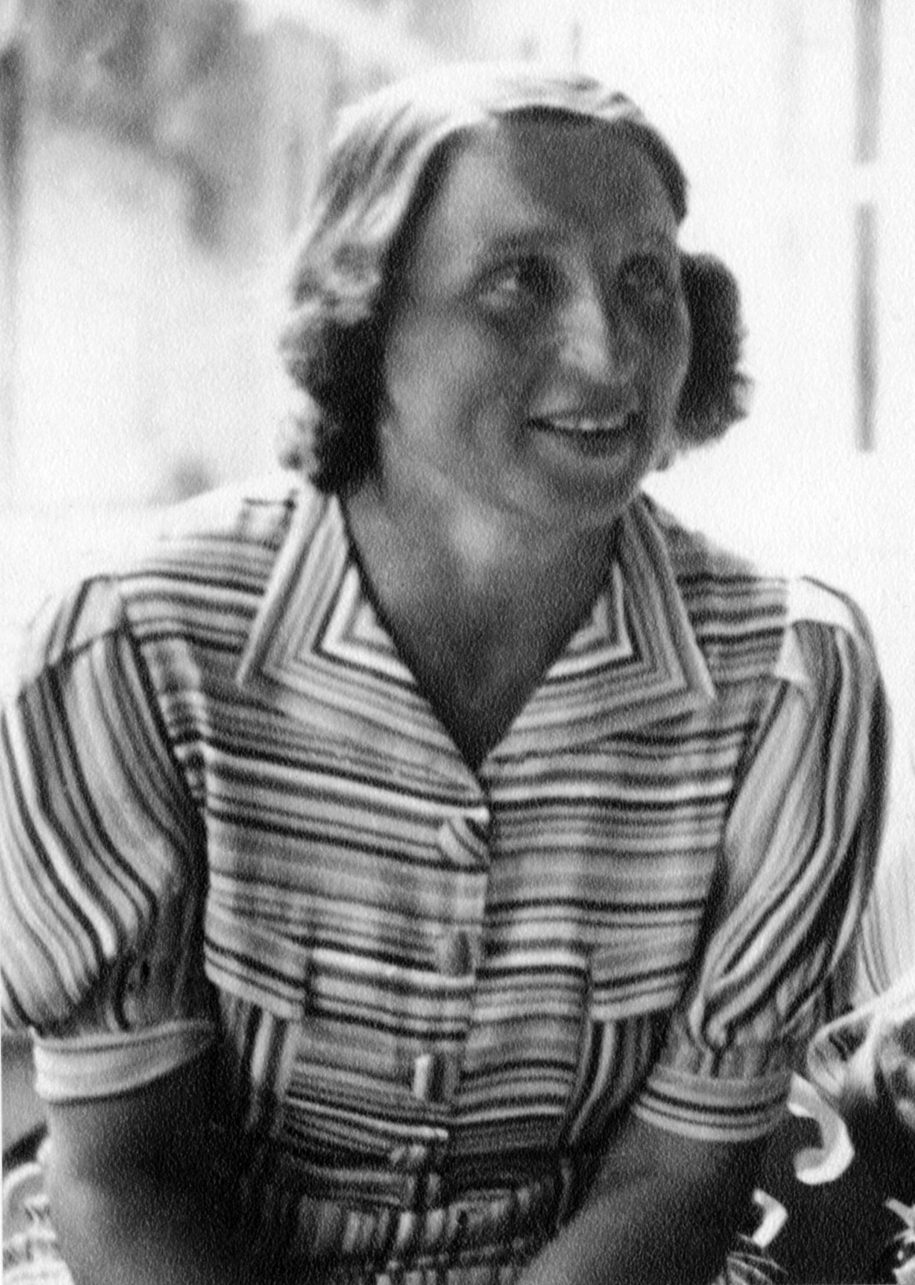
Righteous Among the Nations Bronė Pajedaitė, 1938, Raseiniai, Lithuania, photograph from the Vilna Gaon Museum of Jewish History (VGŽIM, GS, f. 1, B-385)
Even in their own homes, the rescuers did not feel safe talking about what they had done during World War II. It was not until 1967 that Sofija Binkienė published her book “Ir be ginklo kariai“ (“Soldiers Without Weapons“), which tells the story of the rescuers. Binkienė herself received permission to travel to Jerusalem in 1968, where she was awarded the Righteous Among the Nations medal at the Yad Vashem Institute and a tree was planted in her honour.
“I feel pain for others, which means I exist,” this is how Lithuanian philosopher Leonidas Donskis ended one of his essays. There are probably no more accurate words because back then, throughout the ages and today, a person still stands at the same crossroads between evil and good.
